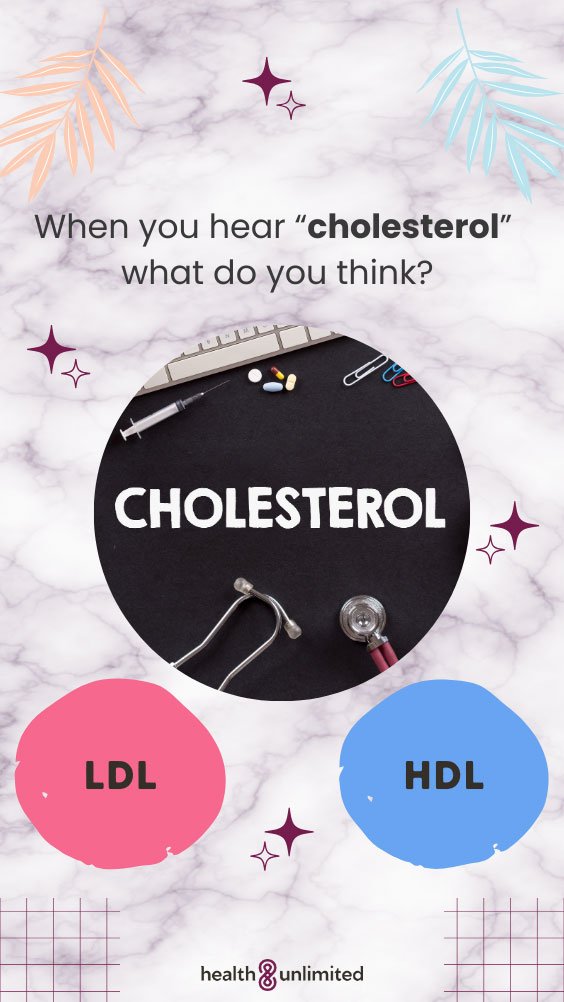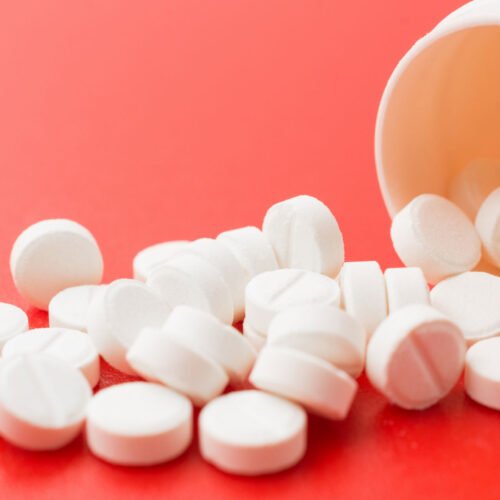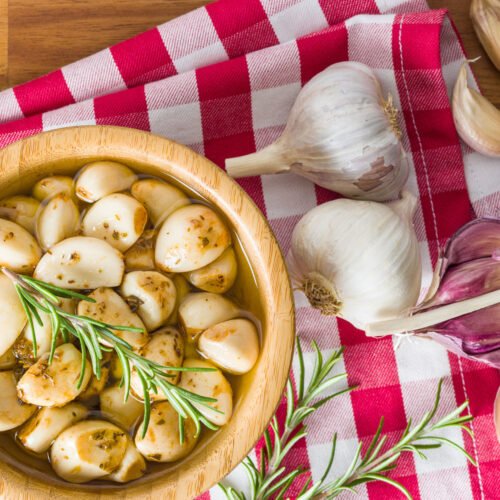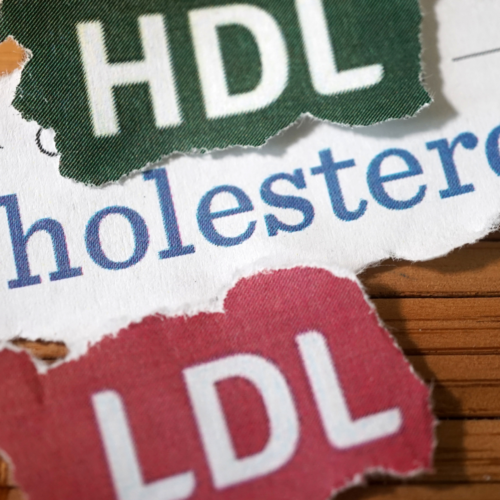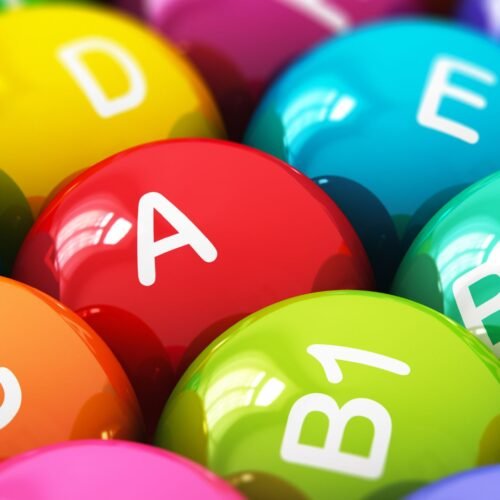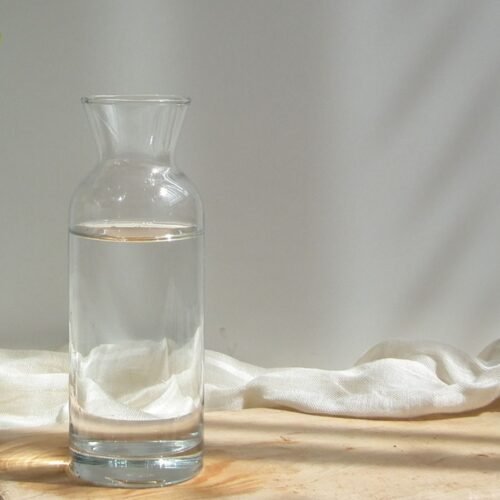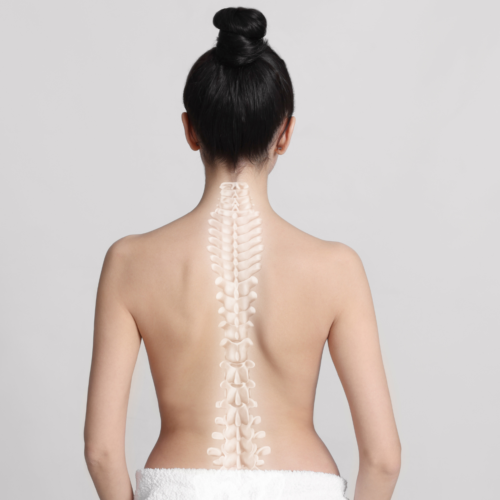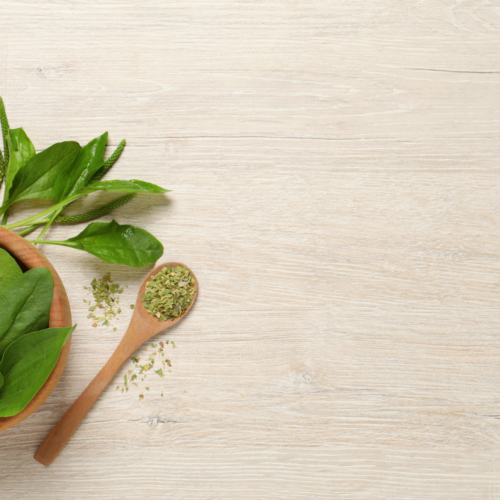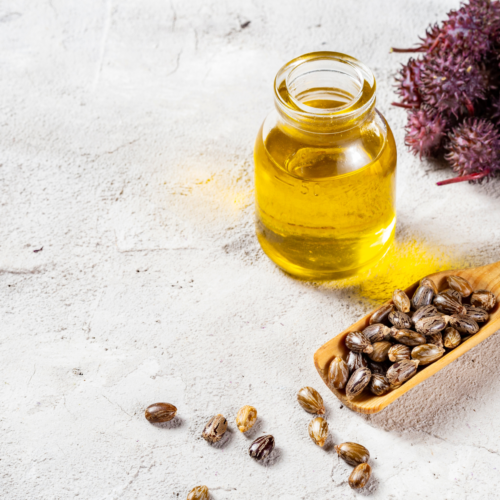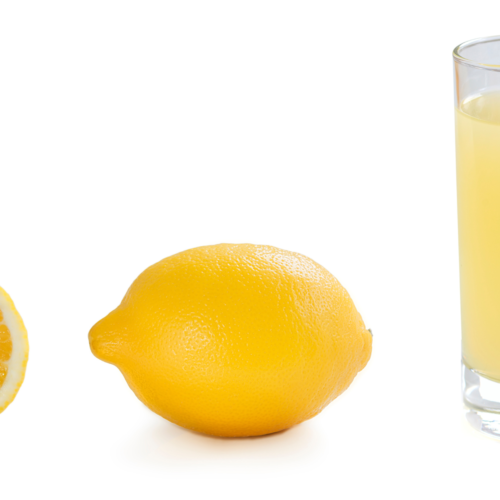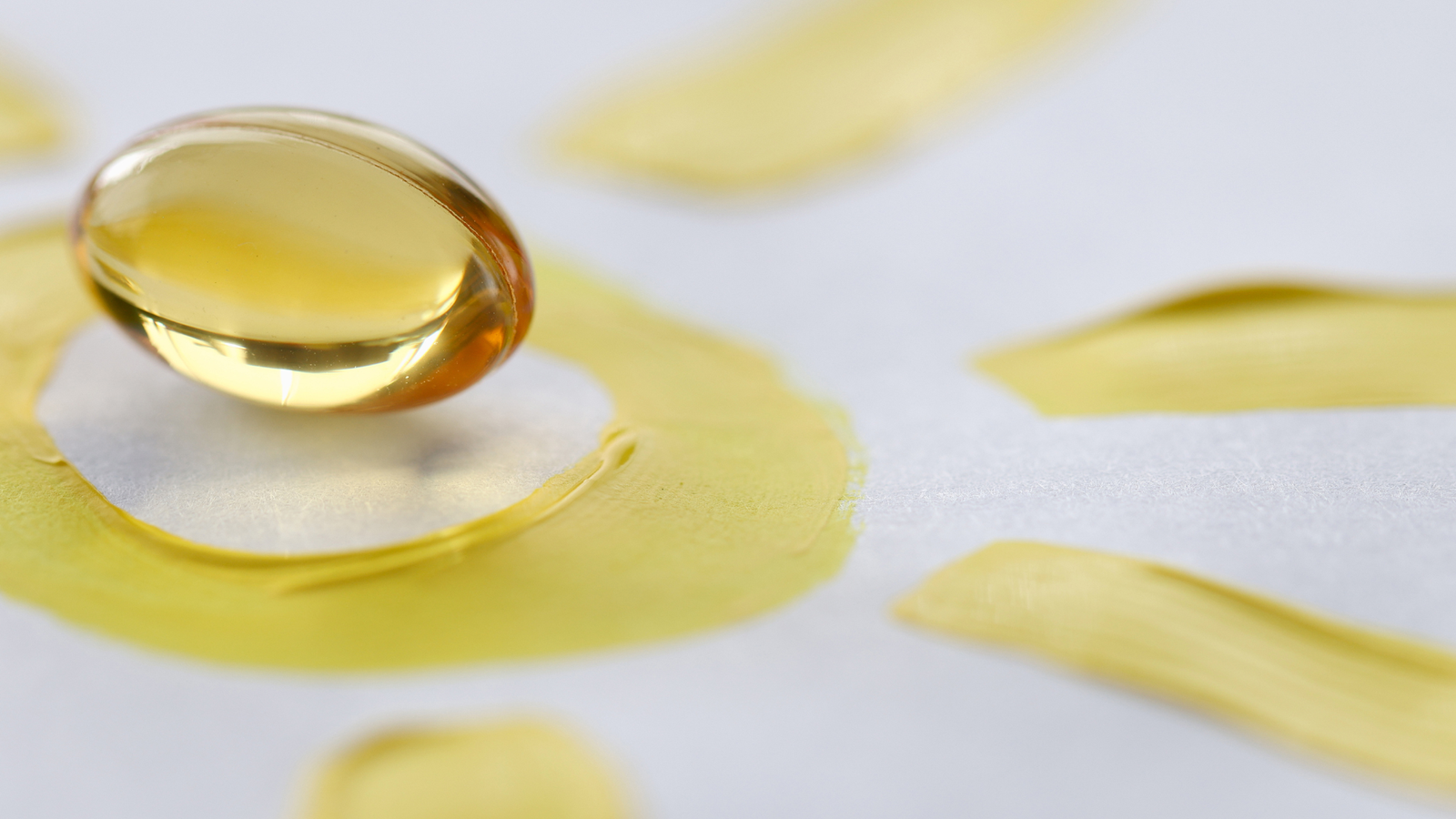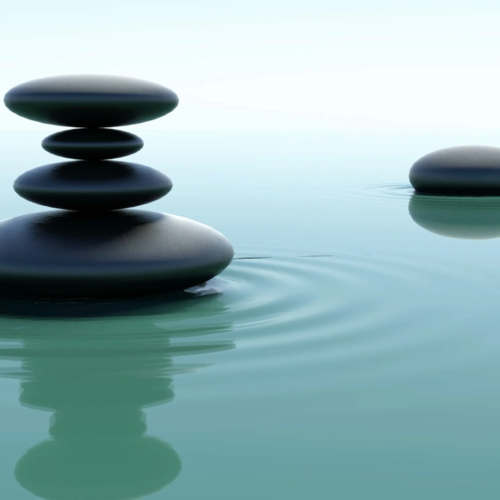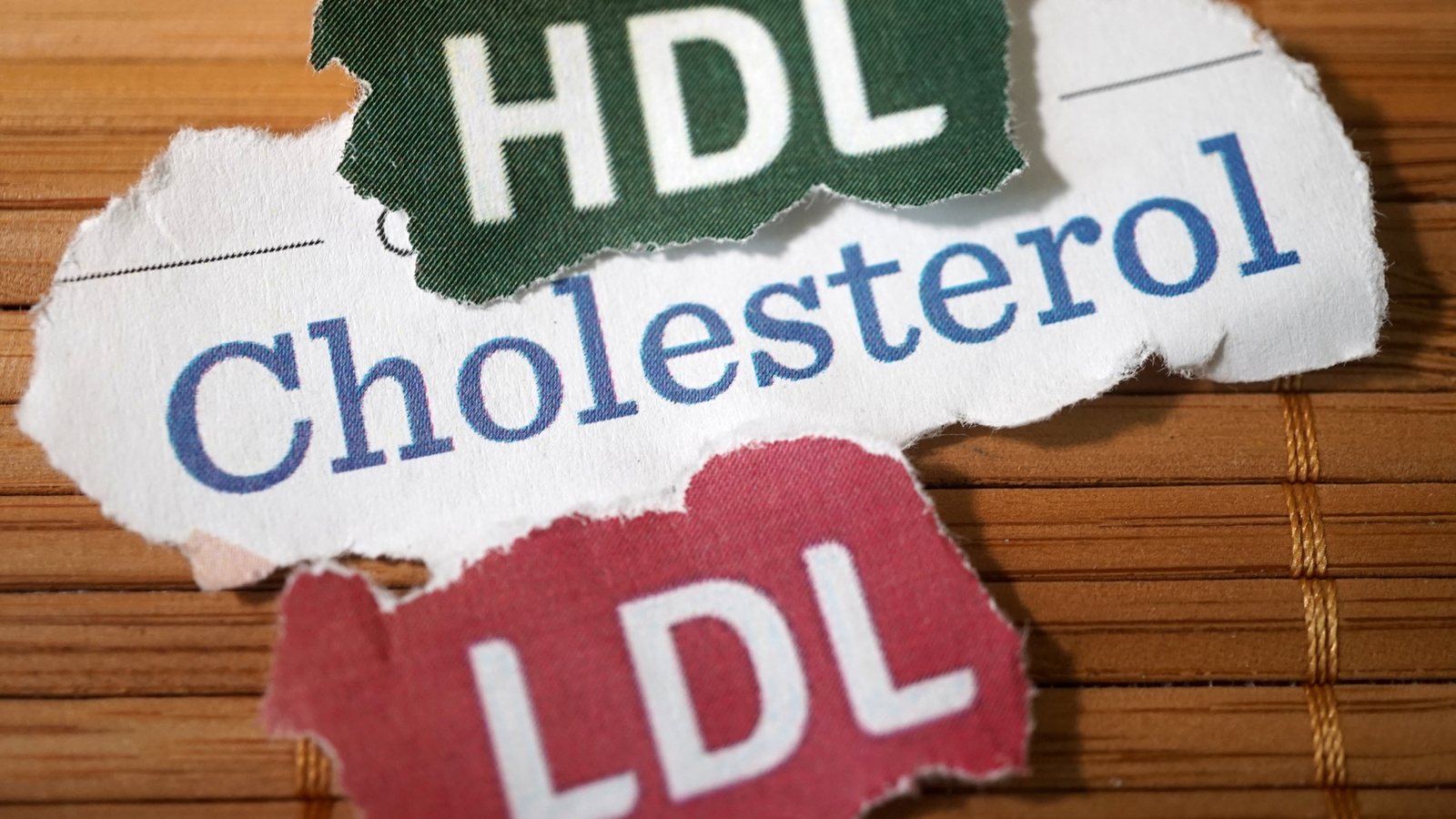
When you hear “cholesterol,” what do you think?
The topic of cholesterol is so severely misunderstood, it’s to the point of dangerous.
Let’s clear up terminology about it first:
- Cholesterol – a much needed structural component that your body makes
- LDL – a transporter of lipid molecules that don’t like water
- HDL – another transporter, again, of molecules that don’t like water
Both LDL and HDL are, in fact, NOT cholesterol.
They are both transporters.
LDL transports the fatty things to where they are needed in the body.
HDL transports cholesterol back to the liver.
And we need them, because our blood can be considered water in this case, and we all know fat and water don’t mix.
We would end up with fatty blobs floating around in our blood, if it weren’t for our transporters.
So we need transporters for these fat particles, such as cholesterol, vitamin D, etc, to get them to different areas in the body, as needed.
(As such, we could call LDL a vitamin D, or vitamin A…).
Now, we need cholesterol for:
- Brain health
- Production of estrogen, testosterone, progesterone, cortisol
- Production of vitamin D3
- Formation of bile salts
- Structural support of cell membranes, also involving it with cell signaling
Interestingly, despite the importance of cholesterol, I only ever hear of medical doctors telling everyone how dangerous cholesterol is…
Did you know when cholesterol, LDL, and HDL levels drop it’s actually harmful to your health?
Low cholesterol can cause depression and other issues (look at what all we need it for!).
Low HDL is an independent risk factor for cardiovascular diseases, as well as insulin resistance (pre diabetes… diabetes…).
Low LDL can lead to more oxidative damage (because LDL isn’t there to deal with it).
In terms of LDL, think of a scab on a wound. Is the scab the problem? No, it’s part of the healing process.
LDL is increased when the body is trying to heal an inflammatory problem.
Now, it is true that we don’t want LDL getting out of hand.
But that’s because high LDL levels tell us the body is trying to deal with something, but can’t.
The body can’t, because the typical causes are so prevalent, that it is a losing battle unless you make changes.
Essentially, we can’t expect healing if we keep dumping gasoline on the fire.
And instead of tearing off the scab, or blaming it, let’s find what is distressing your body and support the healing process.
Here are some factors that can push your body into a tailspin (increasing the need for LDLs):
- Too little exercise (we’re talking moderate exercise, walking is amazing!)
- Too much stress
- Processed, synthetic, GMO foods – this includes the pesticides, herbicides and other toxins they dump on our food, like petrochemical byproducts in baked goods…
- Eating inflammatory oils like canola
- Plastic toxins, heavy metals
- Nutrient deficiencies
- Liver problems
- Smoking
The list of things that can mess with the body does go on.
But the above list should give you a starting point of where you can begin with supporting your body to heal.
And next time, we’ll get more specific on how to heal the body when cholesterol, LDL, or HDL are telling us there is a problem.
Kickstart your journey towards optimal well-being
